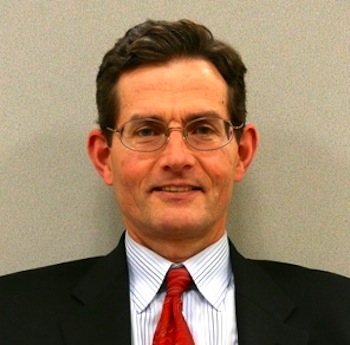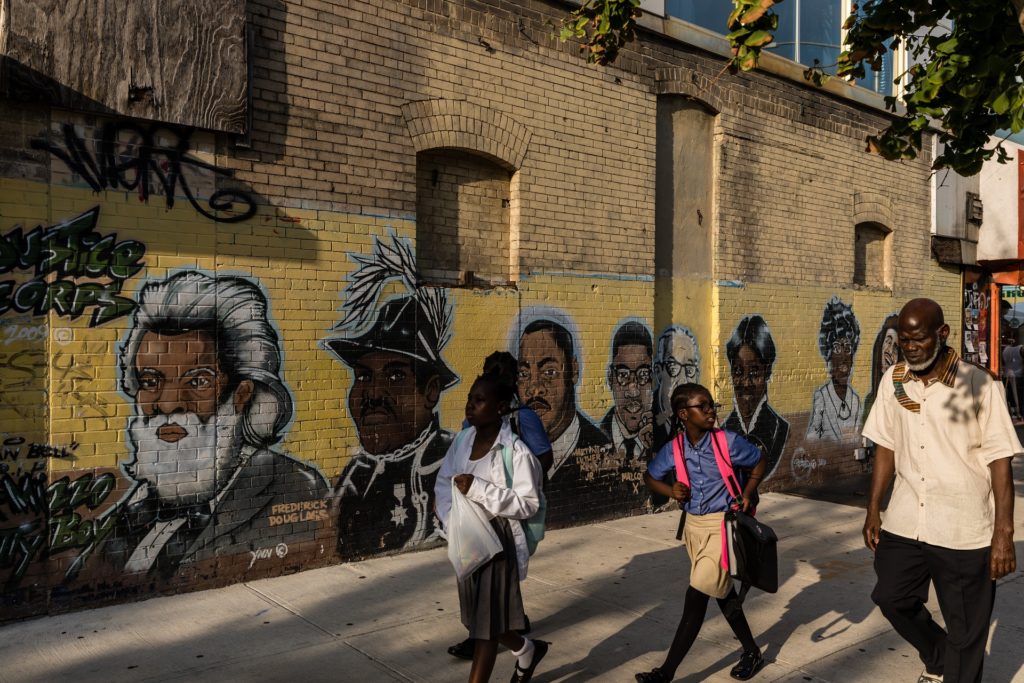Brooklyn federal judge finds stop-and-frisk of parolee illegal

Federal Judge John Gleeson
Eagle file photo
Eagle file photo
A few days after Manhattan Federal Judge Shira A. Scheindlin’s landmark stop-and-frisk ruling in Floyd, et al. v. City of New York, et al., a Brooklyn federal judge entered a ruling on Aug. 15 that the stopping and frisking of a Brooklyn parolee constituted an illegal search.
In the Floyd ruling, Judge Scheindlin ruled that the New York City Police Department’s policy of stopping and frisking people who police officers reasonably suspect have committed or are about to engage in criminal activity has led to unconstitutional stops.
